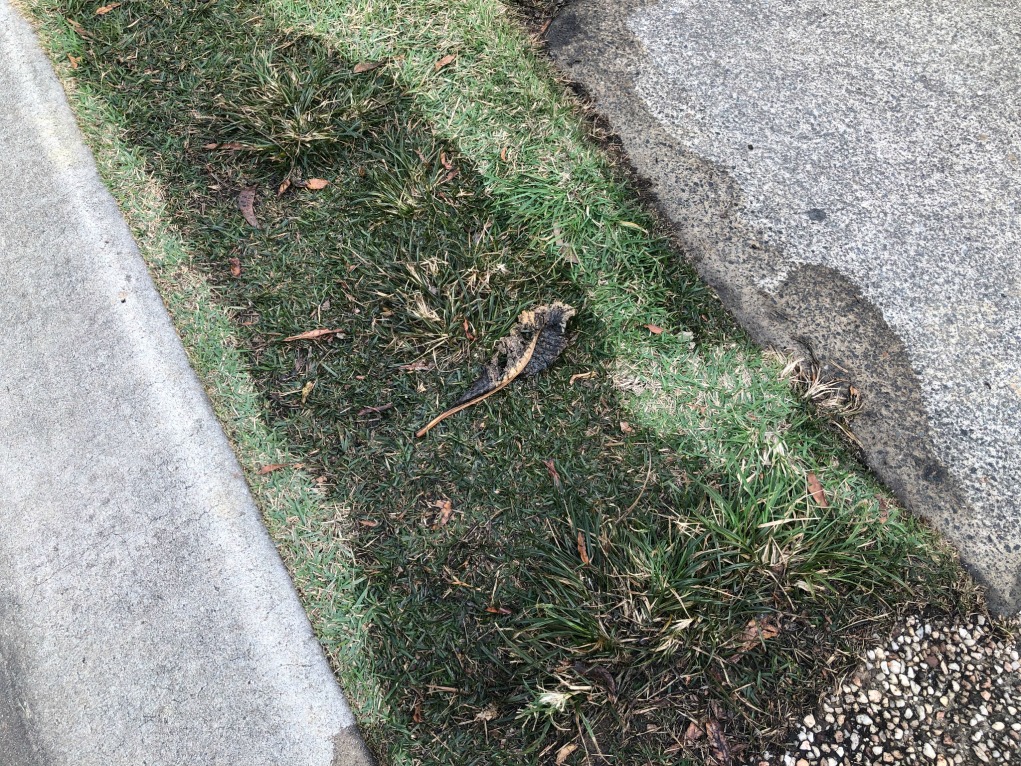Everybody maintains their own unique assumption with regards to Locating water leaks.

Early detection of dripping water lines can mitigate a possible catastrophe. Some little water leaks might not be noticeable.
1. Take A Look At the Water Meter
Every home has a water meter. Inspecting it is a proven manner in which helps you find leaks. For starters, turn off all the water sources. Ensure nobody will certainly flush, utilize the faucet, shower, run the cleaning device or dish washer. From there, go to the meter and watch if it will certainly alter. Given that no one is utilizing it, there should be no movements. If it relocates, that shows a fast-moving leakage. Furthermore, if you discover no changes, wait an hour or two and examine back once more. This means you may have a sluggish leak that might even be underground.
2. Examine Water Usage
If you detect sudden adjustments, in spite of your usage being the very same, it suggests that you have leakages in your plumbing system. An abrupt spike in your expense indicates a fast-moving leak.
A stable rise every month, even with the very same behaviors, reveals you have a sluggish leakage that's additionally slowly rising. Call a plumber to extensively examine your building, particularly if you feel a warm location on your floor with piping underneath.
3. Do a Food Coloring Test
When it involves water intake, 30% originates from toilets. Test to see if they are running correctly. Decline flecks of food color in the container as well as wait 10 minutes. If the color in some way infiltrates your dish throughout that time without flushing, there's a leakage between the container as well as bowl.
4. Asses Exterior Lines
Do not fail to remember to examine your exterior water lines as well. Test spigots by attaching a garden hose pipe. Needs to water seep out of the link, you have a loose rubber gasket. Change this and also make sure all connections are tight. It will certainly aid obtain it skillfully analyzed and also preserved every year if you've obtained a sprinkler system. One little leakage can lose lots of water and surge your water expense.
5. Examine the circumstance and also check
Home owners ought to make it a routine to inspect under the sink counters as well as also inside closets for any type of bad odor or mold and mildew development. These 2 warnings show a leakage so timely interest is required. Doing routine assessments, even bi-annually, can save you from a major trouble.
Examine for stainings and deteriorating as the majority of pipelines and also appliances have a life span. If you presume dripping water lines in your plumbing system, don't wait for it to rise.
Early discovery of leaking water lines can minimize a prospective catastrophe. Some tiny water leakages might not be noticeable. Inspecting it is a surefire method that aids you discover leakages. One small leak can waste lots of water and also spike your water expense.
If you suspect leaking water lines in your plumbing system, do not wait for it to escalate.
How to Know If Your Home Has a Hidden Leak
Water Meter Reveals Inexplicable Water Usage
If you’d like to test whether or not there’s a leak somewhere in your home, you can do this using your water meter. Here is how to conduct the test:
Don’t use any water in your home for at least 30 minutes; this also means not turning on faucets or water-using appliances.
Go outside, and check your water meter for activity.
If your water meter shows that there was activity, even though no one was using any water, this proves that there is a leak in your home.Visible Mold or Mildew Growth
Leaks behind walls create moist, dark environments that allow mold and mildew to grow and thrive. Eventually, you might see mold growth forming on the wall closest to a hidden leak.
If mold is growing in an area that receives a high amount of moisture, such as a bathroom, it may simply be an indication that better ventilation is needed. However, if you see mold growth on a wall or the ceiling in an area where you would not expect, you probably have a hidden leak.
Musty, Mildew Odor
Sometimes you might not be able to see the mold or mildew that is growing as a result of a leak. However, the smell can give the problem away just as easily. If you catch a whiff of something musty, there’s a good chance that old water is collecting somewhere in your home that you can’t see.
Stained/Warped Walls, Ceilings, or Floors
When your home soaks up water, a variety of red flags can become visible, including ceiling stains, bubbling drywall, warped walls, and sagging floors. While these issues can be caused by excess humidity, they can also be signs that a pipe or plumbing connection has started leaking behind your walls.
Inexplicably High Water Bill
After a while, you get a general sense for what your water bill should be. If you own a pool or sprinkler system, your bill will tend to be higher during summer. However, if you receive a water bill that seems especially high, and you can’t figure out what caused it, then you may have a hidden leak somewhere that’s increasing your bill.
https://www.plumbingjoint.com/blog/2019/july/how-to-know-if-your-home-has-a-hidden-leak/

As a person who reads on Hacks to detect leaks, I imagined sharing that piece of content was essential. Appreciated our blog? Please share it. Let someone else locate it. Thank you so much for your time spent reading it.
Drips? Dial fast!